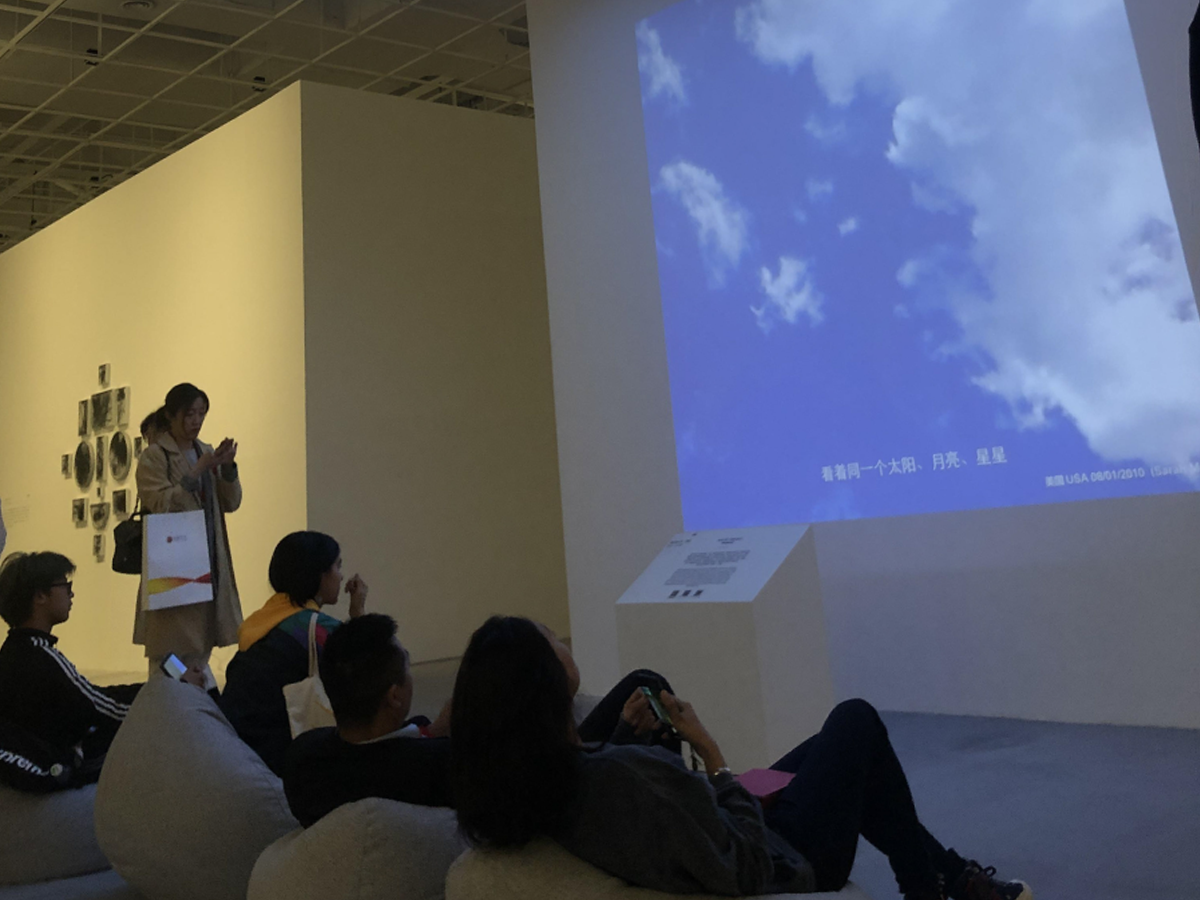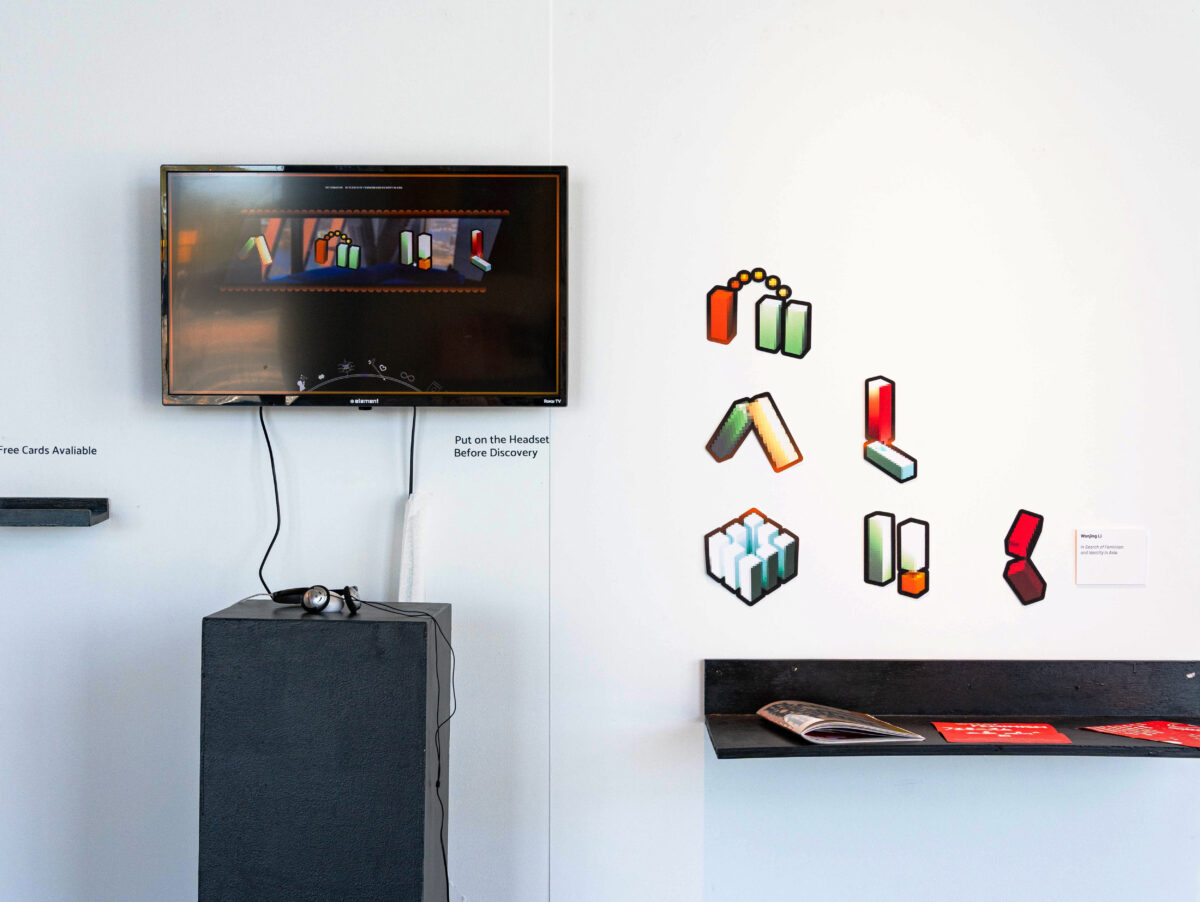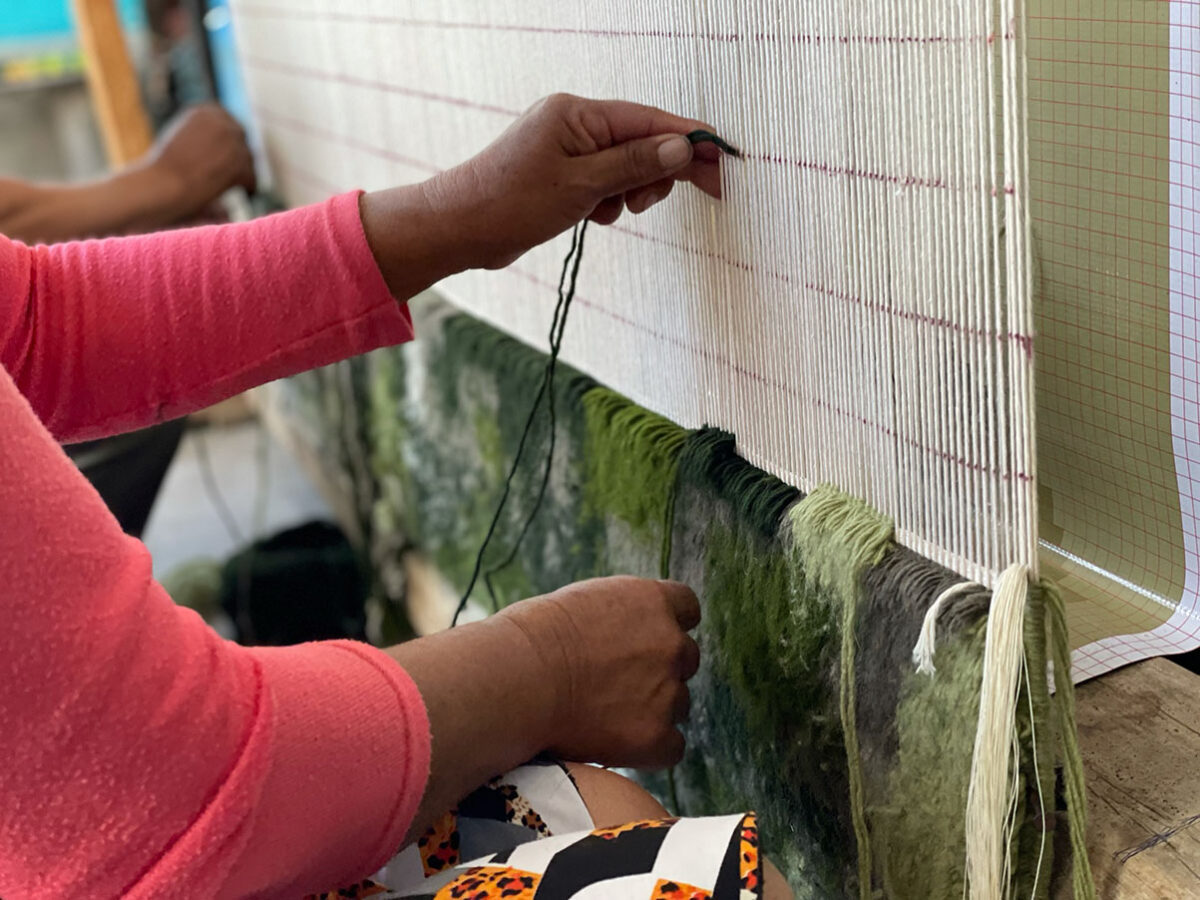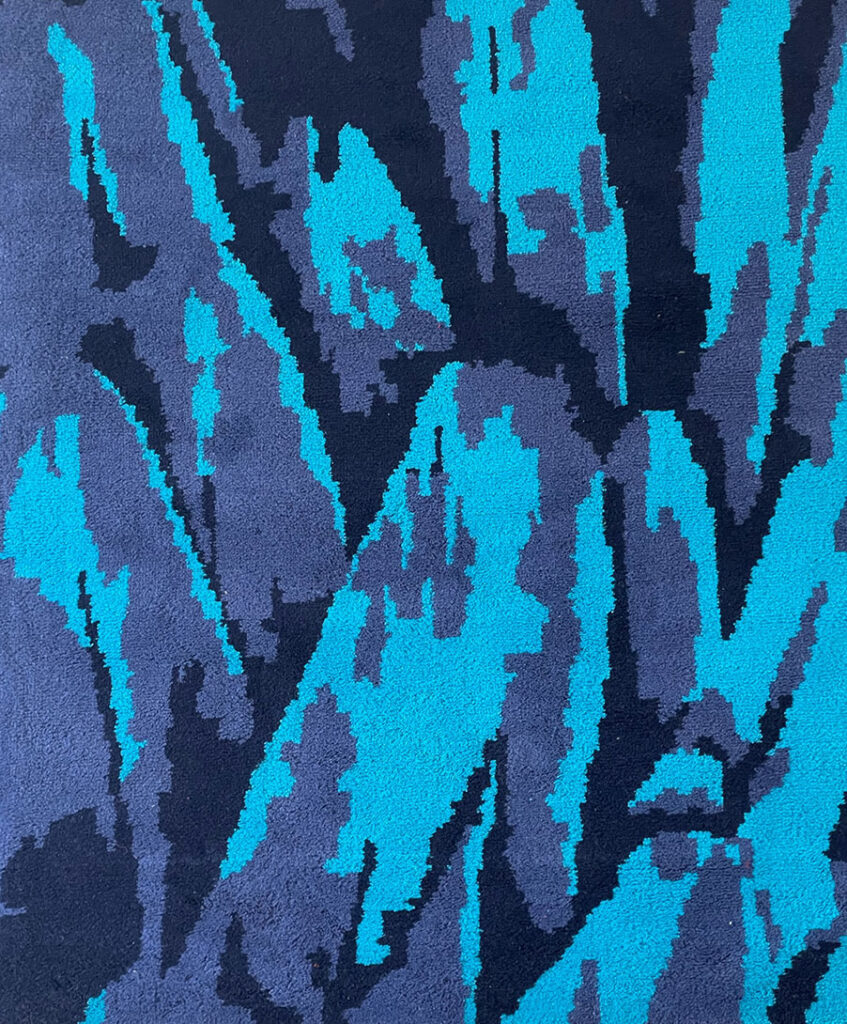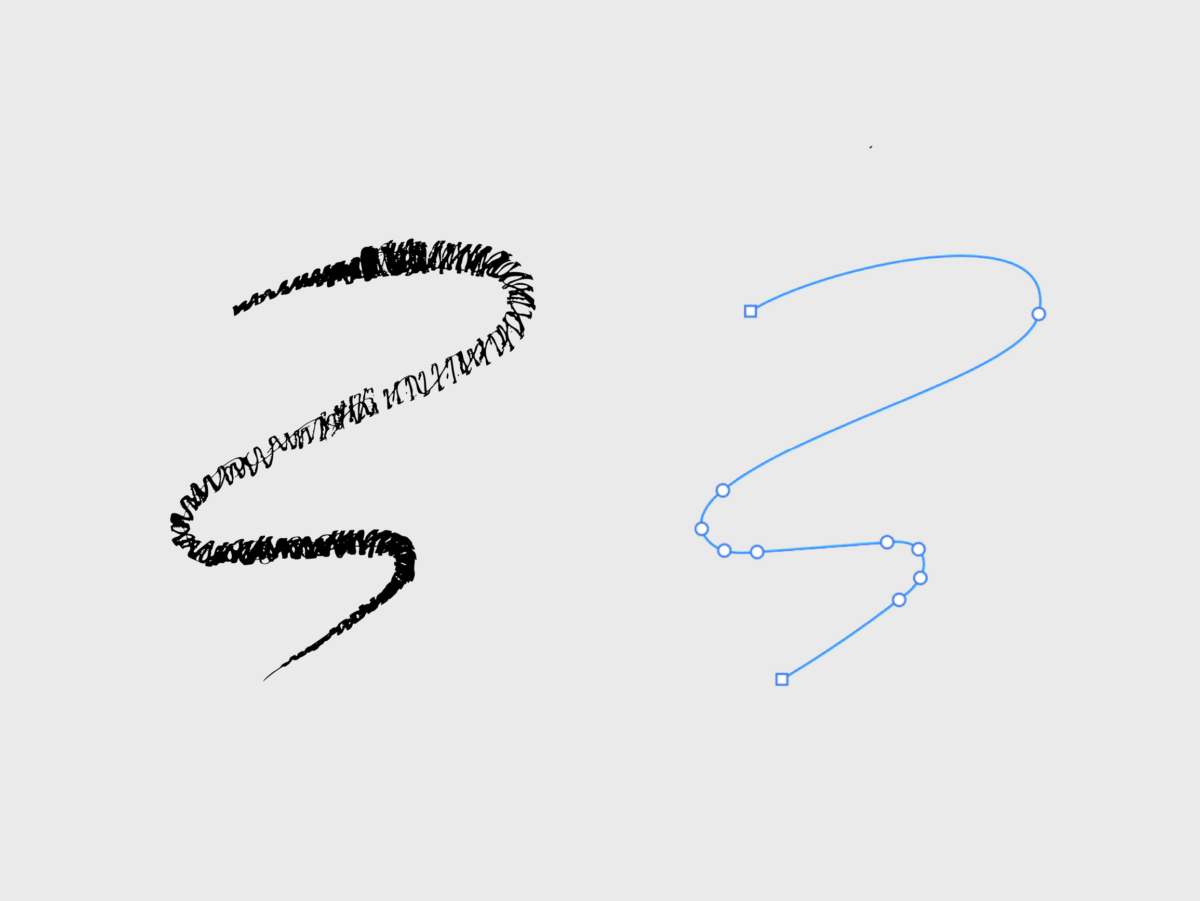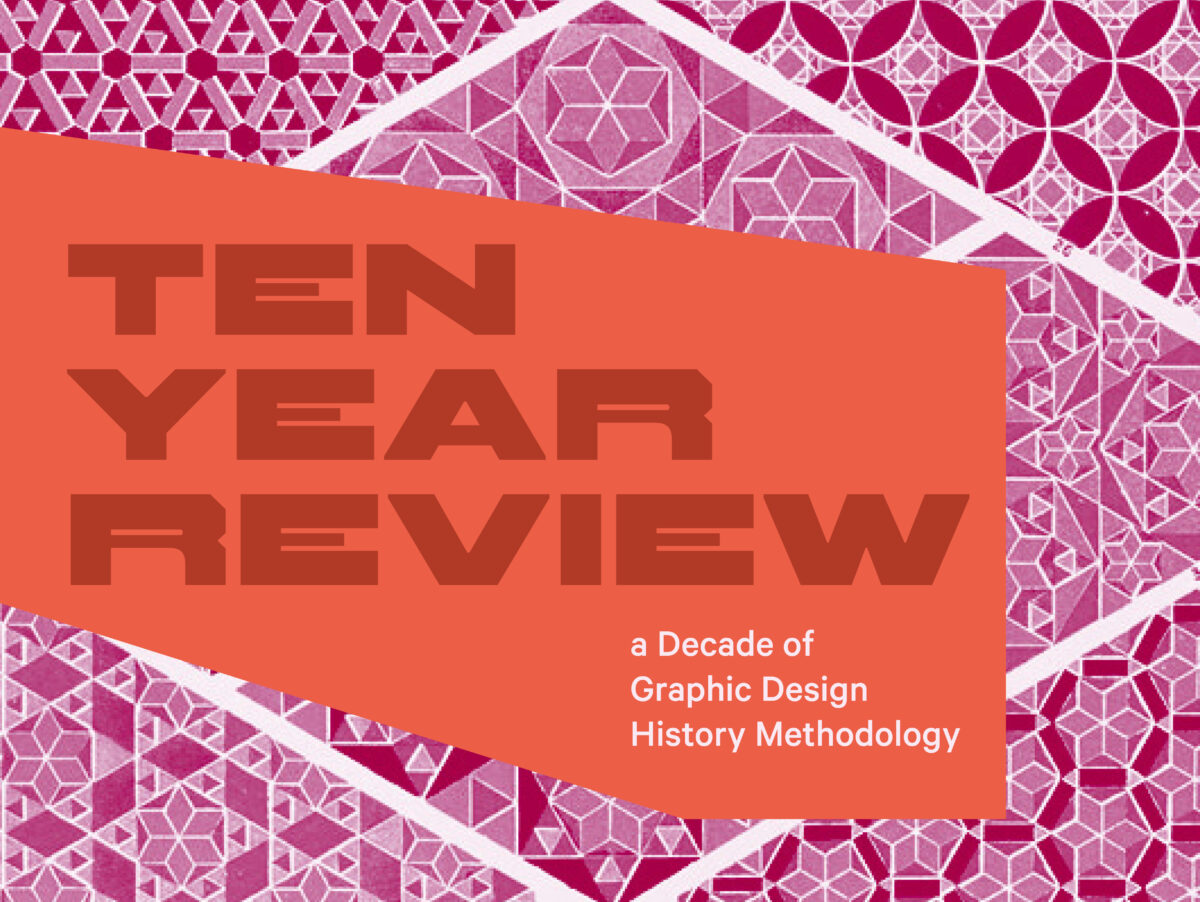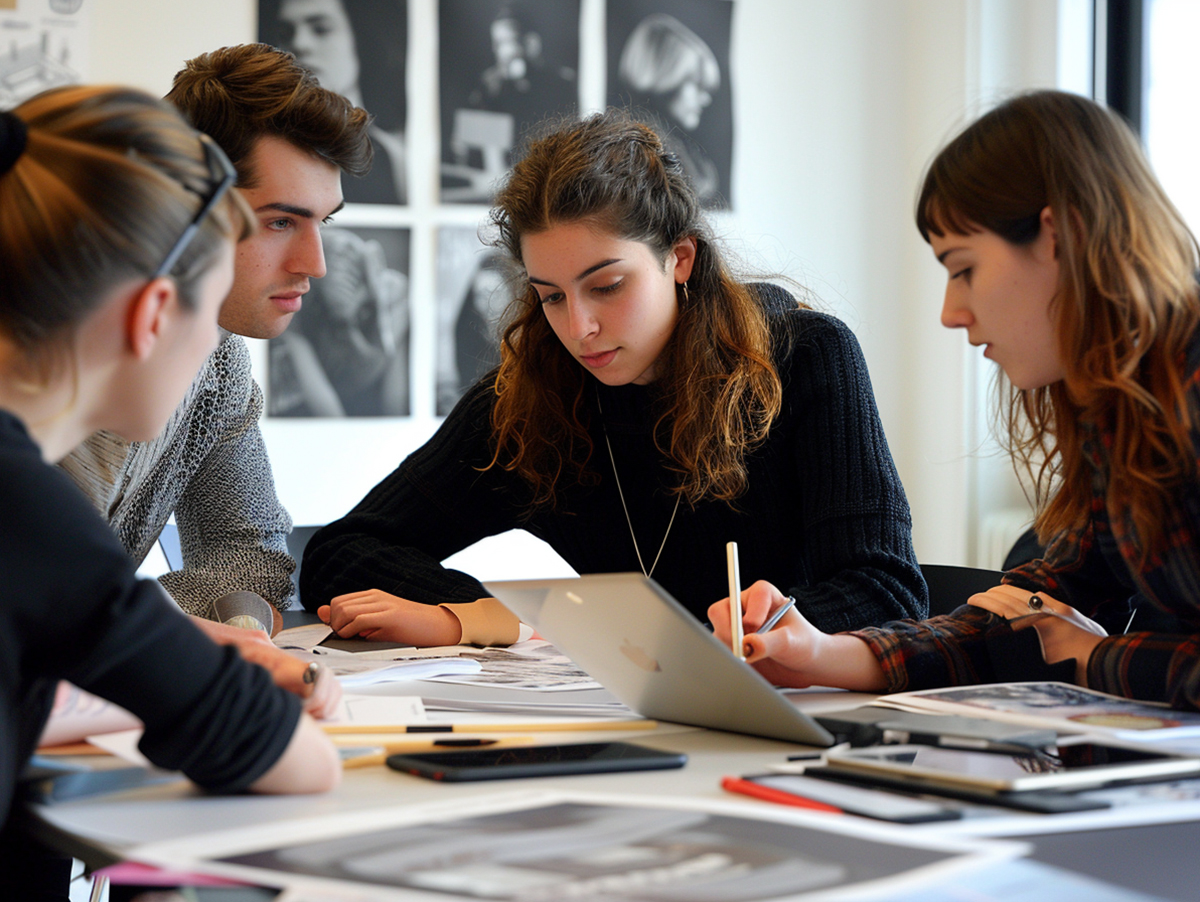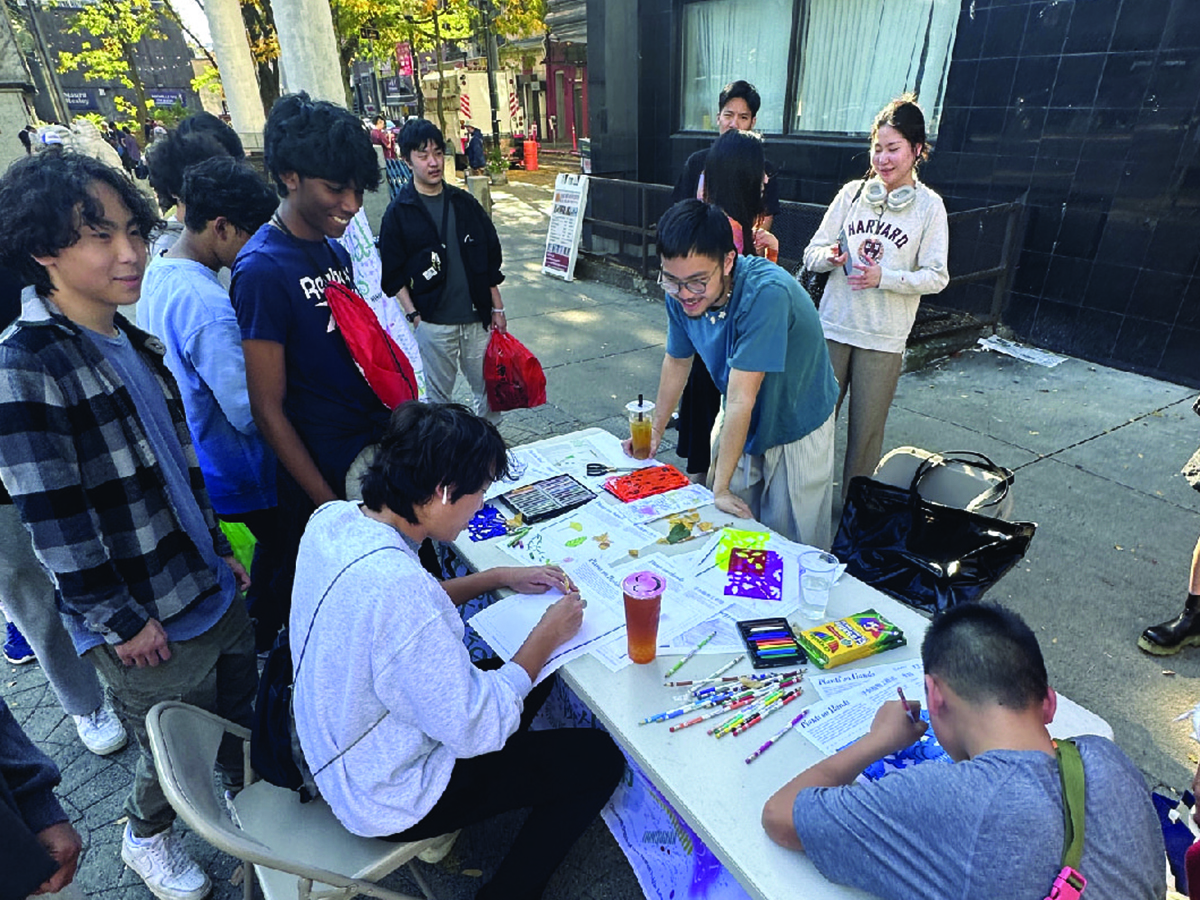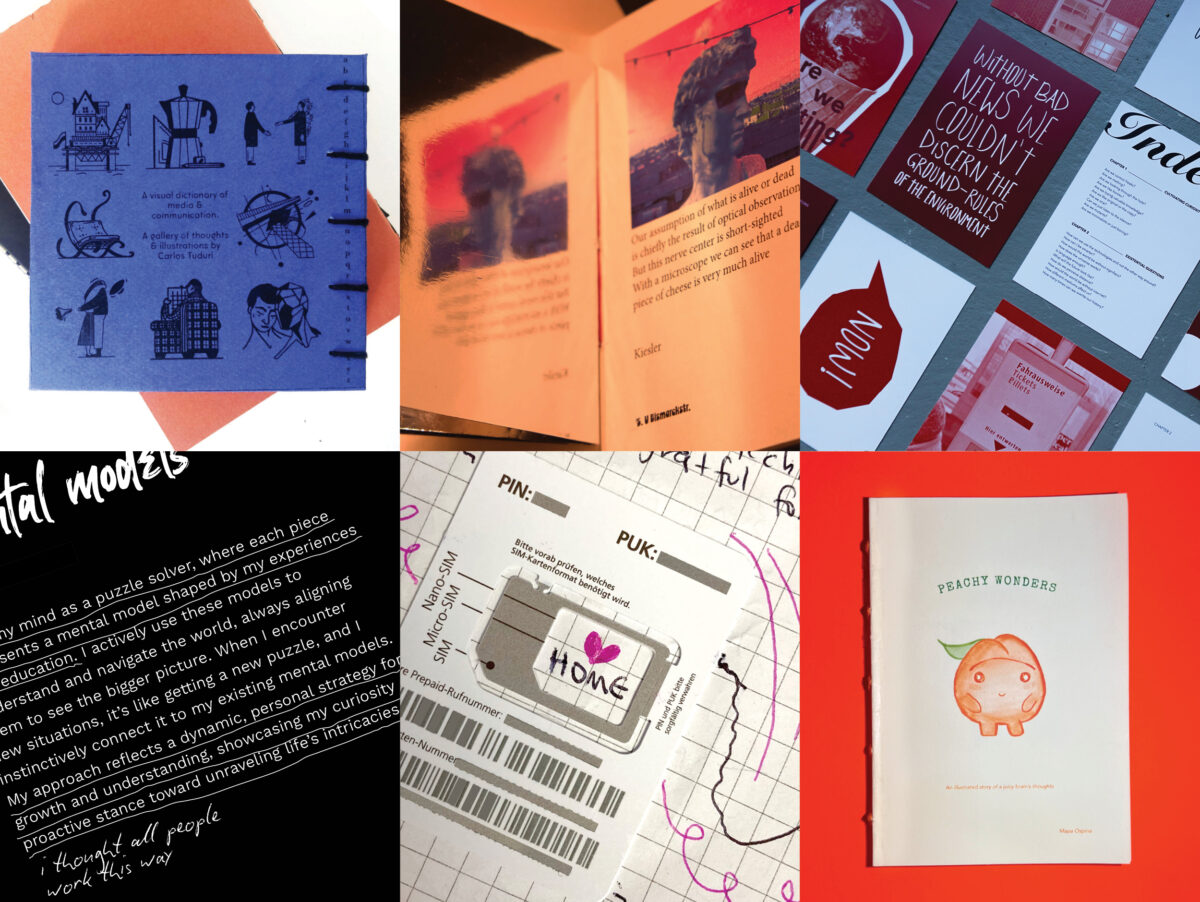Nika Simovich Fisher
Assistant Professor
Parsons / The New School for Design
Today’s designers are navigating a landscape dominated by AI-generated content. In this presentation, I will explore an area of personal interest — digital spirituality — and examine how researching spiritual subcultures can illuminate the ways AI shapes belief systems. My research examines how AI-generated content influences spiritual subcultures and the broader implications for communication designers. This exploration is particularly vital for communication designers, who are tasked with conveying messages through visuals and language across diverse digital platforms.
By analyzing the language and production of specific spiritual practices, students can uncover the biases inherent in AI, sharpen their critical eye for content consumption, and better discern fact from fiction in online discourses. Understanding these dynamics is crucial as emerging technologies continue to impact the field, and design is a vital part of adding believability and establishing a convincing tone of voice. Design educators can enhance students’ technical literacy and mindfulness by incorporating projects focused on belief systems, ensuring they are better equipped to consume and create content responsibly. This presentation will explore the following questions: How do emerging belief systems, shaped by AI and social media algorithms, challenge traditional approaches to design and communication? How do the limitations of the AI tools impact what they look like? How do existing belief systems get amplified through AI generated content? How does technical literacy improve critical thinking skills?
My presentation will include three distinct sections:
1. AI-generated Serbian Orthodox Avatars on YouTube: These chain-letter-inspired videos use non-native Serbian speakers’ voices and depict a Catholic-style Jesus rather than an Orthodox one. This highlights the bias of the AI creators’ defaults, and analyzing their production can provide clues about their creation. I plan to connect this to other research on AI and bias, such as this study done by international news organization, Rest of World, which highlighted the cultural flatness within AI training.
2. Spiritual guidance and developing a tone of voice. In this section I’ll talk about the research that went into my WIRED article, “Generative AI Has Ushered In the Next Phase of Digital Spirituality.” In it, I’ll highlight how LLMs and algorithms are trained to predict the next appropriate response and how this can give the impression of believability. I will connect it to historical LLMs that were trained to respond to users as psychologists, and connect all of this to how a bias can impact how you understand the generated content that’s being shown to you. I’ll also touch on new spiritual practices, such as e/acc, that have formed in this moment, as well as art inspired pieces, like Sheila Heti’s Alice, that speak to these themes.
3. AI Pedagogy project on Wikipedia hoax — Lastly, I will discuss a pedagogical case study from my Design and the Future of Publishing class, where students engaged with Juliana Castro-Varón’s “Illustrate a Hoax” project. Part of Harvard metaLAB’s AI Pedagogy Project, this assignment involved students selecting a Wikipedia hoax and using AI-generated tools to substantiate it. The project encouraged students to push AI tools to their limits and reflect on what makes content believable.
Conclusion
Through this exploration of AI’s impact on spiritual subcultures, my presentation will not only reveal the nuanced ways in which belief systems are shaped by digital technologies but also highlight the critical role of design in navigating these complexities. By integrating these insights into design education, we can equip future designers with the tools to critically analyze and responsibly create content in an AI-driven world. This approach will foster a deeper understanding of the intersection between technology, spirituality, and design, encouraging a more thoughtful and informed practice in the field, and a progressive approach to design education.
This design research is presented at Design Incubation Colloquium 11.1: Boston University on Friday, October 25, 2024.

